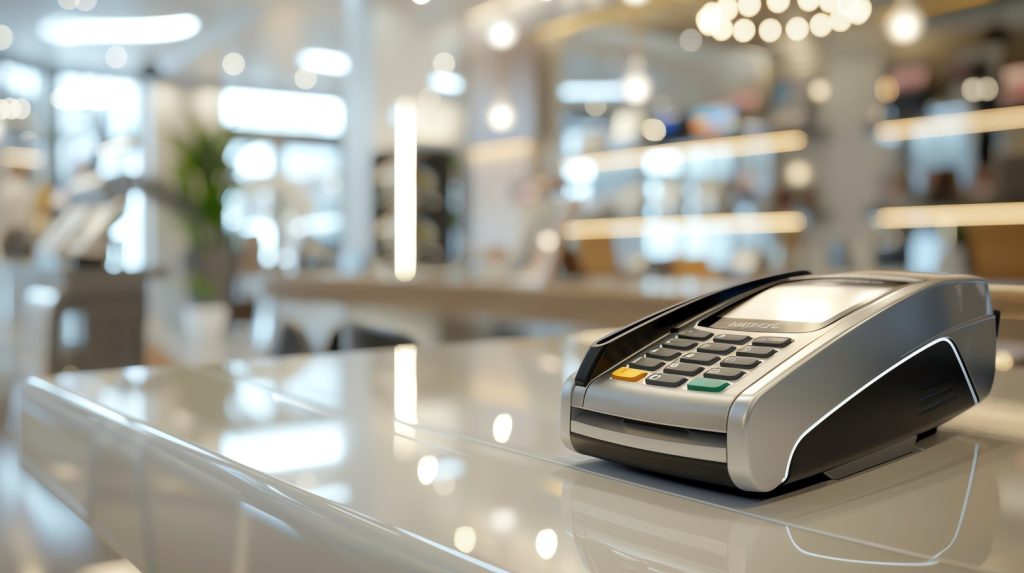
Running a successful restaurant requires more than just excellent food and customer service. In today’s fast-paced world, an efficient Point of Sale (POS) system can make the difference between smooth operations and constant headaches. Setting up a POS system for seamless payments isn’t just about plugging in hardware—it’s about tailoring it to your restaurant’s specific needs. Here’s how to get it right from the start.
What Does Your Restaurant Actually Require?
The first step in setting up a POS system is understanding your requirements. Are you running a fine dining establishment, a casual cafe, or a takeaway-focused restaurant? Each model has distinct needs. For instance, a fine dining restaurant may prioritise tableside ordering, while a quick-service venue may need faster checkout processes and integrated online ordering.
Ask yourself these questions:
- How many orders do you handle during peak hours?
- Do you need features like inventory tracking or kitchen display systems?
- Is integrating online ordering and delivery essential for your business?
Answering these questions helps you select a system tailored to your operations, avoiding unnecessary complexity and costs.
Choose the Right POS Software
Not all POS software is created equal. Some focus heavily on detailed analytics and reporting, while others emphasise user-friendly interfaces or industry-specific features. Look for software that:
- Supports multiple payment methods: Your restaurant POS system should accept card payments, mobile wallets, and contactless options.
- Offers cloud-based functionality: This allows real-time updates, remote access, and better data security.
- Includes features you’ll use daily: If you need split billing, customer loyalty programmes, or menu customisation, confirm that the software supports your daily tasks.
When choosing a vendor, look beyond marketing promises. Request demos, read customer reviews, and confirm that the system complies with local data protection regulations, such as GDPR in the UK.
Select the Hardware
POS systems generally require a combination of hardware devices, such as terminals, receipt printers, card readers, and even a traditional cash register. Your hardware needs depend on the size and layout of your restaurant. For example:
- Compact systems are ideal for small cafes or food trucks with limited counter space.
- Robust setups with multiple terminals suit high-volume restaurants with large dining areas.
Restaurant POS systems require durable hardware that is compatible with your chosen software. Additionally, consider investing in portable devices like handheld terminals for tableside ordering and payment, which can significantly speed up service and enhance customer satisfaction.

Configure the System for Efficiency
Once you’ve selected your software and hardware, the next step is customisation. Proper configuration guarantees that your POS system meets your operational demands. Here are some best practices:
- Set up your menu: Input your menu items, categorising them logically (e.g., starters, mains, desserts) and adding modifiers for custom orders like ‘no onions’ or ‘extra cheese.’ Additionally, configure table management features to streamline seating arrangements and order tracking.
- Define user permissions: Restrict access based on employee roles. For instance, allow servers to process order management tasks, but limit financial reports to management staff.
- Integrate with other systems: Link your POS system with accounting software, kitchen display systems, and online ordering platforms for a seamless flow of data.
- Test payment options: Ensure that credit card terminals, mobile payment readers, and other payment methods work smoothly before going live.
Careful configuration of modern POS systems streamlines the payment process that functions seamlessly for both staff and customers.
Train Your Team
Even the most advanced POS system is only as effective as the people using it. Schedule training sessions for your staff to ensure they’re comfortable with the system’s features. Focus on:
- Processing orders and payments
- Handling refunds or discounts
- Using customer-facing features like loyalty programmes
Many POS providers offer training materials, including video tutorials and guides, so make use of these resources. Consider assigning a few employees as ‘POS champions’ who can assist colleagues during busy shifts.
Test Before Launch
Before fully implementing the system, run tests to identify any potential issues. Simulate real-life scenarios, such as:
- High-volume service during peak hours
- Processing a refund or split payment
- Syncing online orders with in-house operations
Testing allows you to identify weak points and resolve them before they affect customer service. It’s far better to catch errors during a controlled trial than during a busy dinner rush.
Monitor and Optimise
Once the system is up and running, your work isn’t over. Use the reporting features of your POS to track key performance metrics like sales trends, order times, and payment processing speeds. Regularly review this data to identify areas for improvement. For instance:
- If certain items are consistently ordered together, consider offering them as a combo deal to attract more customers and promote your restaurant.
- If payment processing is slower than expected, explore whether updated hardware or software could improve efficiency.
Additionally, small businesses should keep their POS software updated to benefit from the latest features and security improvements.
Final Thoughts
A well-implemented POS system can transform your restaurant operations, streamlining processes and improving the customer experience. Carefully selecting the right software and hardware, training your team, and regularly optimising the system will set the stage for efficient, seamless payments. The key is preparation and attention to detail—explore different tools for seamless payments to find what suits your setup best. It’ll pay off when customers enjoy fast, hassle-free service, and your team can focus on what truly matters: delivering excellent hospitality.”


